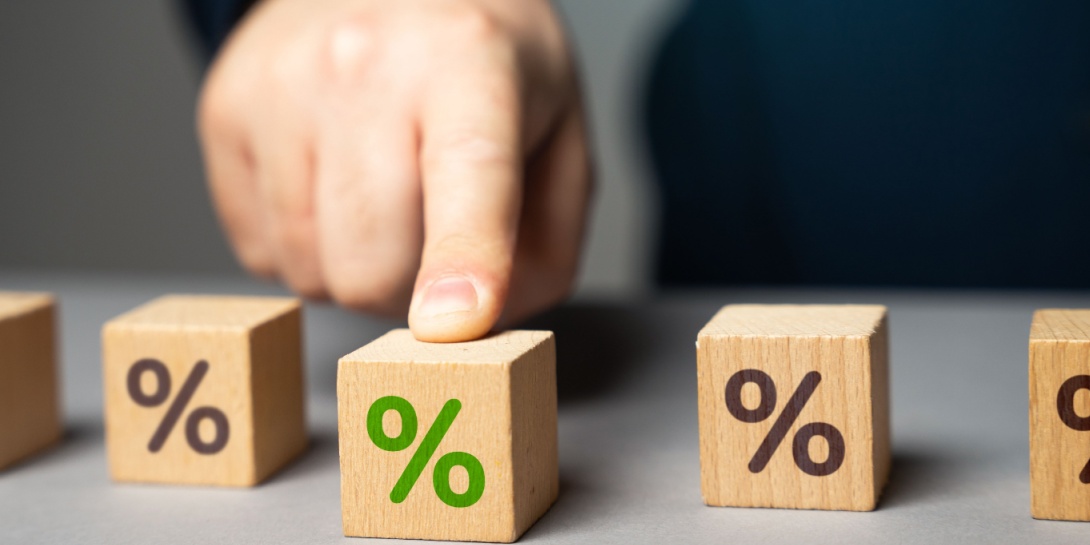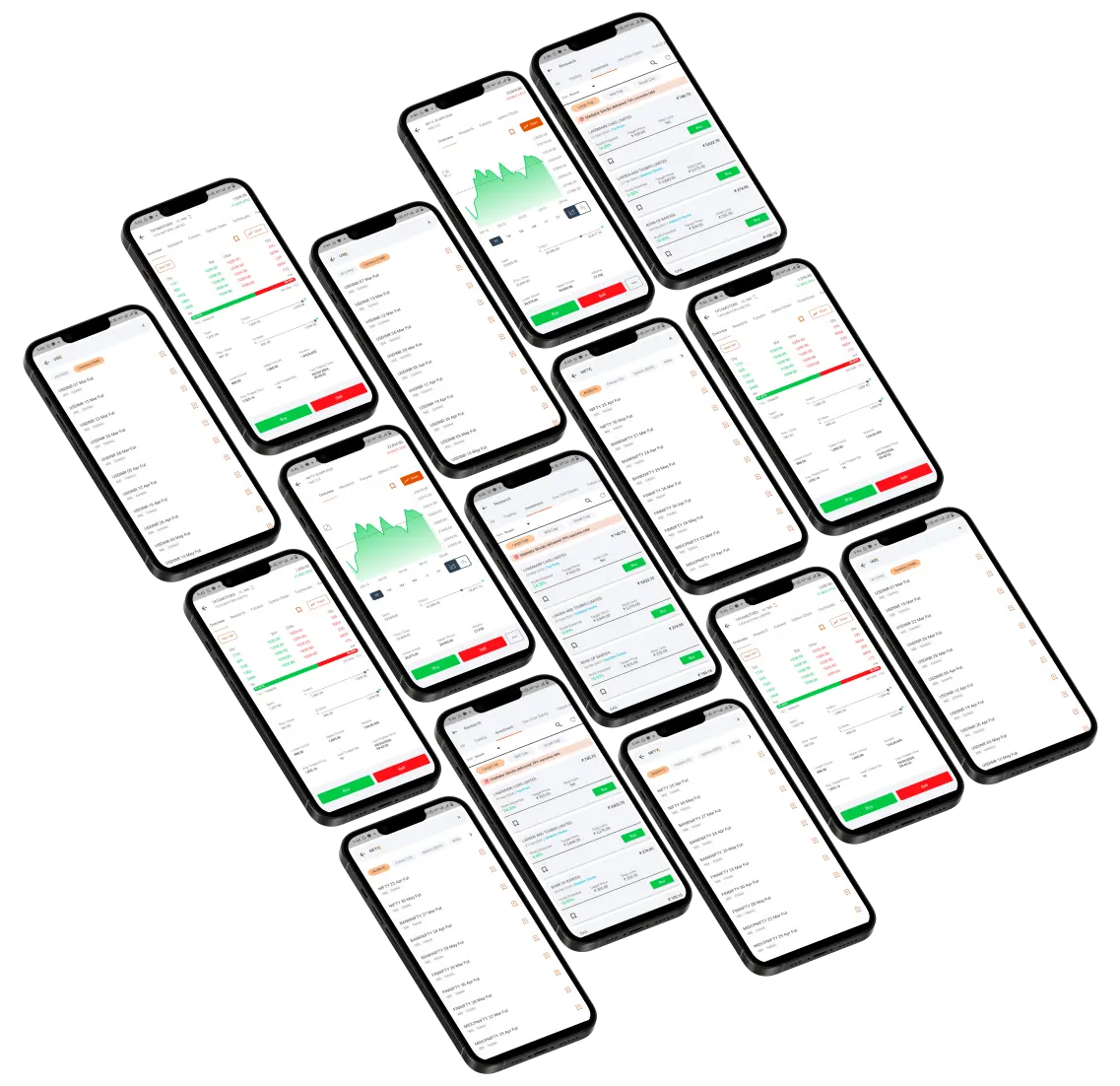
Retail Inflation Hits 9 Month High in September 2024
India's retail inflation rose to a nine-month high in September. According to recently released government data, retail inflation was higher due to higher food prices. Prices of milk and milk products, vegetables, and fruits increased in the previous months. Let us look at the details and what it means for everyone.
What is Retail Inflation?
Retail inflation, also known as consumer price inflation (CPI), measures the rate at which the prices of goods and services purchased by consumers increase or decrease over time. It is a key economic indicator that reflects the purchasing power of consumers and the overall cost of living.
Retail Inflation in 2024
India's retail inflation rate has been fluctuating. In July and August, the inflation numbers were below the Reserve Bank of India (RBI) threshold. However, in September, the numbers are high again (more on this later). Let us look at how the inflation number has been since the start of 2024.
|
Month (2024) |
Inflation |
|
January |
5.10% |
|
February |
5.09% |
|
March |
4.85% |
|
April |
4.83% |
|
May |
4.75% |
|
June |
5.08% |
|
July |
3.60% |
|
August |
3.65% |
|
September |
5.49% |
Retail Inflation Hits 9-Month High in September
In September, the retail inflation surged to 5.49%, marking a sharp increase from the previous two months. The jump was driven by a high base effect and weather conditions. The rural inflation rate stood higher at 5.87%, while urban inflation was at 5.05%, reflecting varied cost pressures across regions.
According to data released, food prices reported a significant spike, with the Consumer Food Price Index (CFPI) recording a year-on-year inflation rate of 9.24%. Rural areas saw food inflation of 9.08%, while urban areas registered an even sharper increase at 9.56%. Other key sectors also saw inflationary changes. Year-on-year housing inflation for September 2024 stood at 2.78%, slightly higher than the 2.66% recorded in August 2024.
On the positive side, some products saw a decline in inflation - subgroups such as pulses and products, spices, meat & fish, and sugar & confectionery offered some respite to the consumers.
Reasons for Increased CPI Inflation in India
The RBI has indicated that the recent increase in Consumer Price Index (CPI) inflation in September 2024 is primarily due to a surge in food prices. Here are some factors that led to an increase in inflation:
- Unfavorable weather conditions: Adverse weather patterns, such as unseasonal rains and heat waves, have affected the production and supply of certain food items.
- Supply chain disruptions: Global supply chain disruptions, particularly related to the ongoing geopolitical, have impacted the availability and prices of some food commodities.
- Increased demand: A rise in domestic demand for food items, driven by factors like economic growth and population increase, has put upward pressure on prices.
The most impacted commodities
You can refer to the below table to see the products impacted most by inflation. Vegetables, pulses, and related products saw the highest increase in September 2024. It was followed by fruits, cereals, and eggs.
|
Category |
Percentage Change (%) |
|
Cereals and products |
6.84 |
|
Meat & fish |
2.66 |
|
Eggs |
6.31 |
|
Milk and products |
3.03 |
|
Oils and fats |
2.47 |
|
Fruits |
7.65 |
|
Vegetables |
35.99 |
|
Pulses & products |
9.81 |
|
Sugar & confectionery |
3.46 |
|
Non-alcoholic beverages |
2.57 |
|
Prepared meals, snacks, sweets, etc. |
3.56 |
Within the core segment, there has been some upside at 3.5%. Clothing and footwear, housing, and light are all within the 3% mark, with fuel declining. Personal care products have high inflation due to cost effects and are as high as food inflation at 9%. Core inflation, goods, and services, excluding the more volatile food and energy prices, make up nearly 50% of the basket.
Impact on Indian consumers
The increase in inflation in Sep'24 has had a significant impact on Indian consumers. The rising prices of essential goods and services have eroded purchasing power, making it more difficult for households to afford their basic needs.
Here are some of the key impacts:
- Increased Cost of Living: Consumers have experienced a substantial increase in their day-to-day expenses, including food, transportation, housing, and utilities. It has a direct impact on every consumer's face.
- Reduced Savings: As prices rise, consumers are forced to spend a larger portion of their income on essential expenses. It leaves less room for savings and eventually investing.
- Decreased Standard of Living: The rising cost of living has led to a decline in the standard of living for many households.
- Economic Hardship: For low-income and vulnerable populations, the increase in inflation creates significant economic hardship.
Way Ahead
The Reserve Bank of India (RBI) has indicated that retail inflation in India is expected to remain elevated in the coming months, although it is likely to gradually decline from its current levels. The RBI has projected that retail inflation will average around 4.5% in FY25. However, there is a risk that inflation could be higher or lower depending on various factors.










